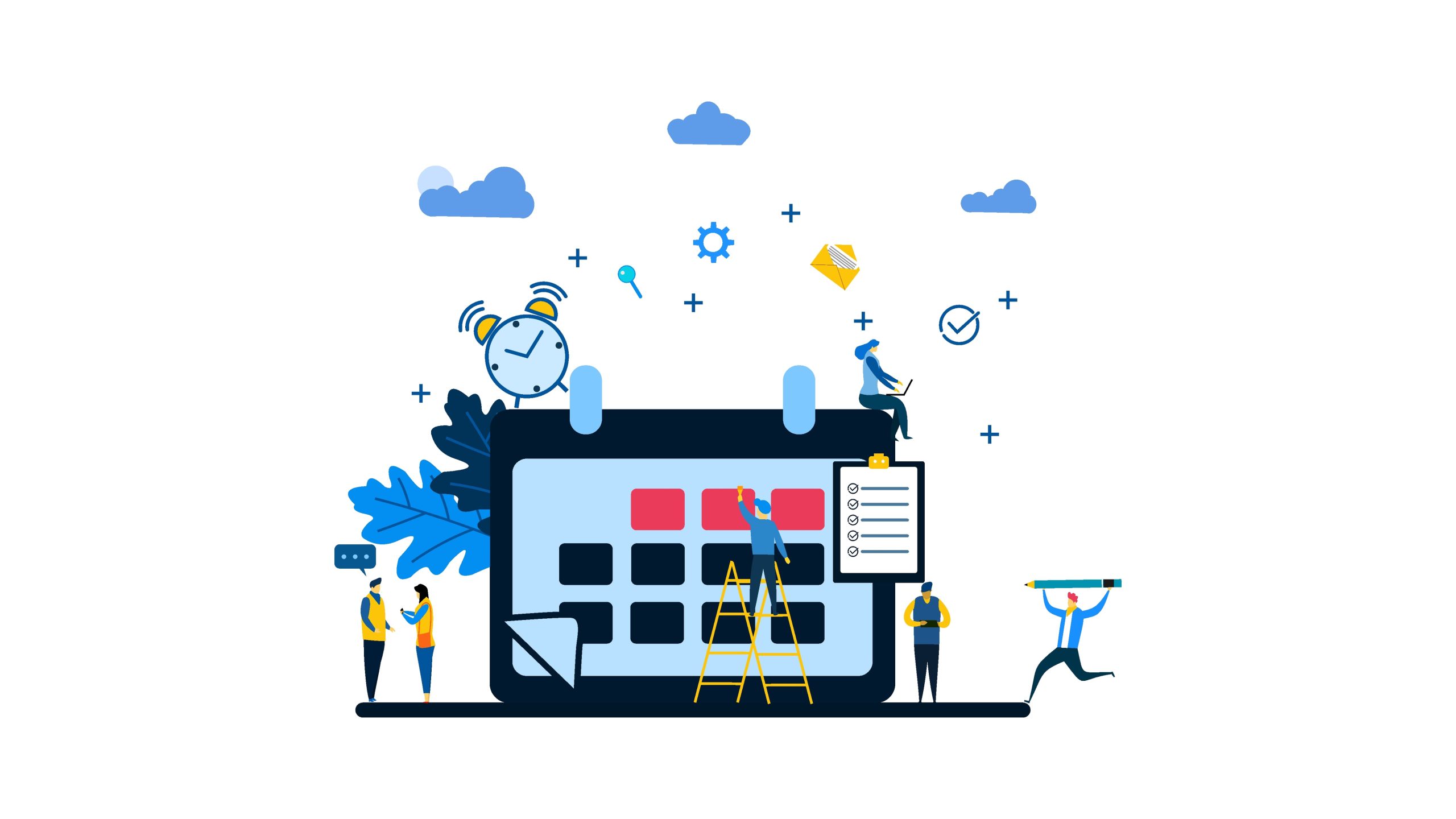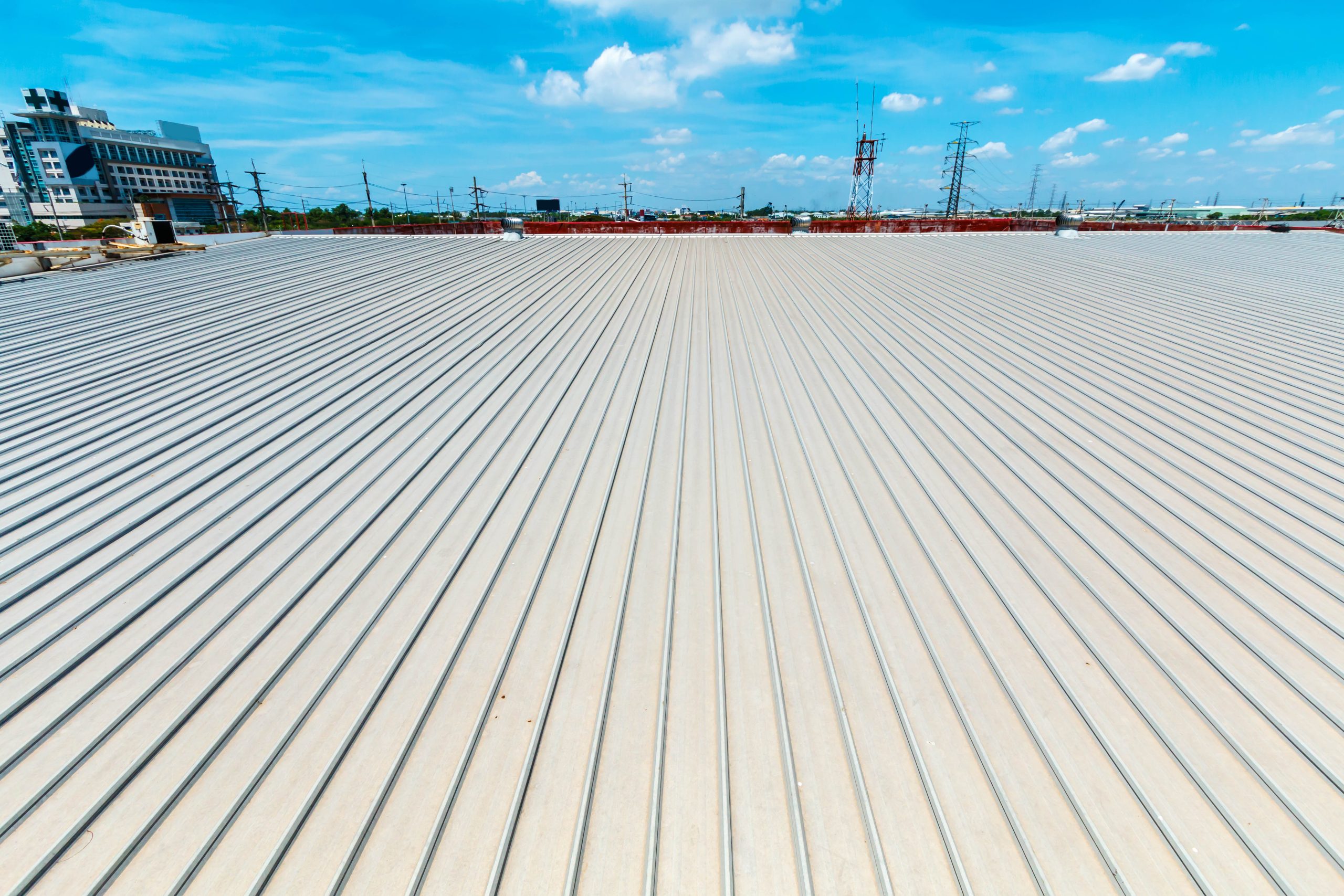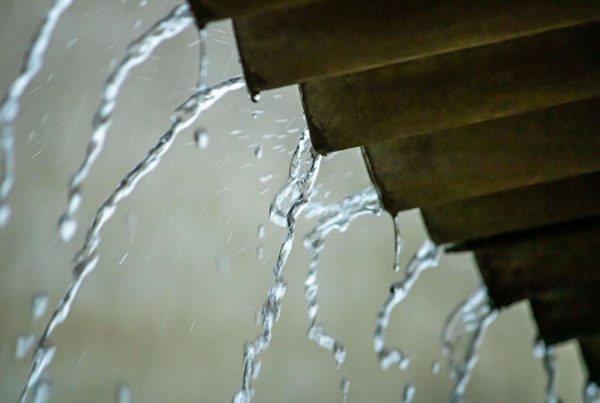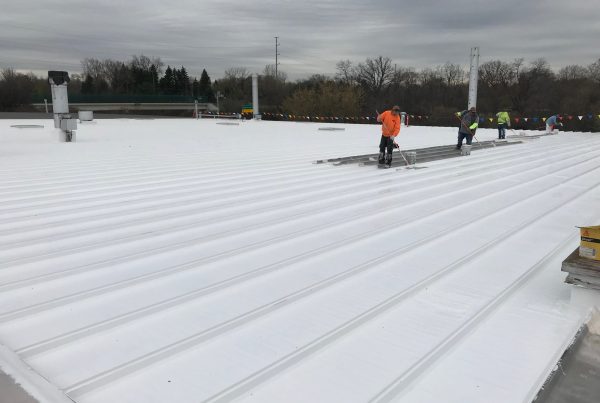
Proactive Maintenance of Your Commercial Roof Matters. Here’s Why and How
Your roof is one of your most important assets. It protects your people, your property, your profits — reliably, silently, day after month after year. That’s why commercial roof maintenance is one of the smartest investments you can make in your business. When you’re good to your roof, it will be good to you.
Achieving the long-term performance you need comes down to a single word: maintenance. Regular inspections, prompt identification of issues, and immediate completion of repairs are central to preventive maintenance. This mitigates damage and extends the life of your roof.
What to Think About When Thinking about Maintenance
Knowing what’s happening with your roof is central to keeping your facility in top-notch shape. Here are several things to keep in mind.
Develop an ongoing relationship with a professional roofing contractor.
Often that’s the company that installed your roof. They’re already familiar with you, your property, and your business. So they’re in the best position to know when something is wrong. Another good idea is working with an outfit from your area. This way they will be familiar with everything from local weather to governmental regulations. And should you need to find a different partner, be sure to thoroughly check credentials and experience. Commercial roofing is not a job for amateurs. So you want to work with knowledgeable pros.
Establish a schedule of periodic roof inspections and stick to it.
For commercial properties, the National Roofing Contractors Association recommends twice a year. Spring and fall make sense to find damage that may have occurred during harsh winter blizzards and volatile summer storms. In case of extraordinary events like a tornado, nearby fire, break-in and vandalism, or any unexpected occurrence, contact your inspector immediately to take a look. Having your facility manager spot-check your roof in between major inspections makes sense as well.

Know what kind of roofing system is atop your building.
Many inspection and commercial roof maintenance activities apply to every structure. But you might have different systems with variations in requirements and weaknesses. For example, spray polyurethane foam (SPF) is susceptible to UV deterioration. While the gravel layer topping built-up roofing (BUR) can be loosened by severe wind and rain. Things like seams that pull apart, gaps between flashings and HVAC vents, and seals around drains and cornices can differ by roofing system. Eventually all may weaken and fail over time. By creating ponding on flat surfaces, drains blocked by leaves, dirt, waste, trash, or other debris are a problem for every roof. Make sure your contractor is knowledgeable about your specific system and its peculiarities. You should be too.
Keep a log of all roof-related actions
Keep a log of all roof-related actions. Include written records, photos, videos, and CAD drawings of every inspection and repair. This is particularly important as your roof ages so you can keep track of what’s happened over time. Such knowledge helps you know which repairs are done over a roof’s lifespan and when replacement might make sense. Should you need to file an insurance claim or warranty adjustment, you’ll be asked to provide such information in detail. Plus, many policies and warranties require proof of periodic inspection to remain in force.
Understanding the Inspection Process
Setting up a contract with your roofing partner is the best way to make sure inspections happen semi-annually and on time. Some contractors offer multiple inspection and maintenance options at various price points. You can choose what’s best for you.
The Process
The contractor needs to follow an established process to ensure your inspection is thorough and careful. Using an inspection checklist is essential. You’ll want to review it ahead of time so you know what to expect. If you’re not familiar with inspection checklists, look online for samples. Many formats are available. You’ll want to make sure yours includes information (size, age, system, location) about your roof, details about roofing components (HVAC, stacks, drains, gutters), and a list of inspection items to be analyzed and described.
The Review
The actual review starts inside your building, as the inspector looks for evidence of leaks and water damage. Walking the rooftop follows, starting at the perimeter and working toward the middle. Now the inspector is looking for ponding, holes, cracks, gaps, blisters, uplifted seams, protruding nails, broken seals, loose flashings, lifted edges, litter, algae, and anything else outside the norm. The inspector may take a few core samples (which are repaired) of the roofing material. This helps determine the number of layers, type and age of the system, moisture saturation, and other relevant facts. Expect the comprehensive inspection of a flat, 20,000-square-foot roof to take about an hour.

A report follows, generally within a few days. This document describes findings, along with photos and videos. It details the roof’s overall condition, specific deficiencies discovered during the inspection. It also includes any repair recommendations and a quote for proposed work.
In addition to the time-tested physical inspection process, new technologies provide even more detail about roof condition. These include drones that fly around your building’s exterior to record close-up footage of surface regions and infrared inspection. It uses thermal imagery to find signs of weakness or damage not visible to the naked eye. Your inspector will analyze data provided by these techniques and incorporate outcomes into their report.
Investing Now Avoids Expense Later
The cost of a commercial roof maintenance inspection varies. It depends on factors like roof size, type, age, accessibility, slope, number of penetrations, climate, building location, and more. Price is often calculated by size; between $0.05 and $0.10 per square foot is the norm. With the disclaimer that costs are volatile at this time (February 2023) and could well be more. Typically, the price for inspecting a 10,000-square-foot roof ranges between $500 and $1,000. Some contractors provide inspections free of charge, often as a prelude to doing whatever repair work is indicated as a result. Negotiating a long-term agreement for ongoing maintenance usually includes setting the inspection price upfront, which is efficient and hassle-free.
Despite the temptation to stretch out inspection intervals or forego the process altogether, procrastination will cost you in the long run. So does putting off indicated fixes. Because left unattended, small issues can quickly grow into big, pricey repairs. The solution: proactive inspection and ongoing maintenance, for peace of mind that all is well.



